Naming a business is laying the foundation stone for a brand. And this stone must be solid, legitimate, and desirable. The problem? Too many businesses sabotage their image from the first syllable.
Here are the 10 Naming Mistakes That We Come Across (Too) Often, a guide to read before naming your entrepreneurial baby. And if you avoid these mistakes, you'll no doubt be proud to hear your brand name, and you can proudly say...

The Naming, it is the art (and also the science) of choosing the name of a brand, product or service. Said like that, it may seem easy... but in reality, it is a Key Strategic Step In everything Brand Creation Project. An exercise that mobilizes creativity as well as intuition and above all a method.
A good name doesn't just sound good. He must:
At Studio Elias, we never treat naming as an isolated task. It is fully integrated into the construction of a Brand Platform consistent, effective and sustainable. And to achieve this, we have our own method that you can discover in our dedicated article: The 8 steps to create a brand platform in an agency with style and efficiency. A valuable read before choosing a name... or embarking on any branding project.
Now that the stage is set, let's see together The Most Common Naming Mistakes and how to avoid them intelligently.
This is the most common mistake in Brand creation : wanting a versatile name that “is serious”, “professional”, but that ends up saying nothing. Names like “Global Tech”, “Business Solutions” or “Innov' Services” are so vague that they become invisible. They Do Not Express Or Posturing, no promise, no memorable identity.
Counter-example : “International Business Machines.” It's literal, technical, endless... and luckily the company opted for the acronym IBM very early on. Without this simplification, it is unlikely that the name would have marked the history of digital technology as much.

Our advice : If you are in the process of Choosing a brand name, love for uniqueness. Find a name that is intriguing, that evokes an idea, emotion, or energy specific to your project. It's not about explaining everything, but about starting to tell a story of your own.
A good name doesn't have to explain everything. It must suggest, inspire, and open the imagination. Too many brands want to include their business in their name at all costs. The result: flat titles like “Express Meal Delivery” or “Carpooling France”, which look like Google categories rather than brands.
Counter-example : Books.com. It may be very clear, but it's mostly tasteless. You don't remember, you don't differentiate, you don't connect emotionally. And in branding, it's fatal.
At Studio Elias, We Worked on Creating the Name BigBuddy. This educational project deserved a name that went beyond the simple description of a service. We came up with a name that was complicit, accessible, human. BigBuddy is more than a learning tool: it is a guide, a support, a caring mentor. The name conveys both the mission and the personality of the brand, without ever being literal.
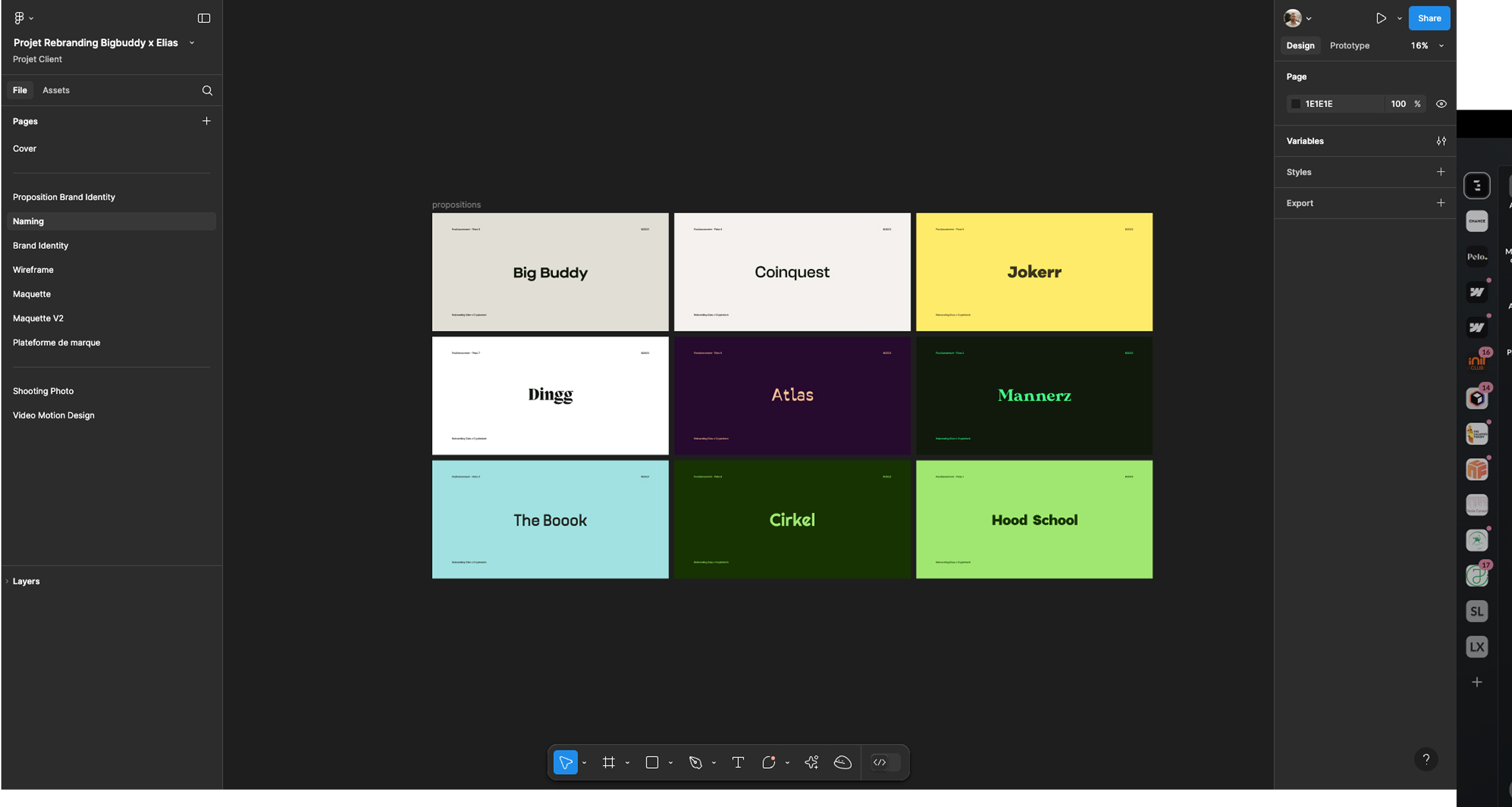
This is a mistake that can be very expensive. Fall in love with a name, start working on the logo, buy business cards... before discovering that the name is already registered with the INPI, that .com is squatted by a domain reseller or that Instagram is used by a restaurant in Jakarta.
Counter-example : At the beginning, Google was called “BackRub.” Beyond the uninspiring name, it was not legally available and risked conflicts. The name change was a lifesaver. And thankfully.
Before validating a name, always check its legal availability (INPI or equivalent organization), its availability as a domain name (in particular in.com and.fr), and on the main social networks.

A name that is too complex is an obstacle to the natural diffusion of the brand. If people are hesitant about pronunciation, forget letters, or mistype your name on Google, you're missing out on valuable visibility opportunities.
Counter-example : The name “Sviatoslavl”, if it were to become a brand, would cause serious word-of-mouth problems. Impossible to pronounce for a large part of the public, it would be a constant obstacle to memorization.
A good name should be read easily, said spontaneously, and spelled without error. It should never be an obstacle to organic diffusion.

Each era has its speech tics. The 2010s saw the rise of “-ify”, “-ly”, “-ly”, “-ly”, “-oo”, “-ster”... Many brands saw fit to surf these codes, thinking of integrating themselves into the start-up universe. But trends pass, and with them, the originality of these suffixes.
Counter-example : “Friendster”, “Napster”, “Flickster”... All of these names tend to come from fashion syndrome. They looked too similar, quickly lost their own identity, and were swept away in favor of stronger, more timeless names.
A well-thought-out name goes through the years. It's not about being “fashionable”, but about being distinctive and consistent over time.
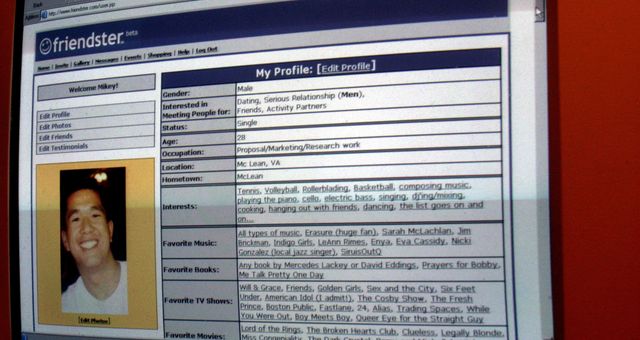
A name can be effective in itself... but completely irrelevant compared to the rest of your branding. When it comes to brand building, the name cannot be treated as an isolated block. It must be integrated into coherent communication, in line with what you want to offer to your audience.
An ethical cosmetics brand cannot be called like a factory. A meditation app can't be called “TurboWave.” This type of lag creates a dissonance that weakens the message, even if the name seems catchy.
Counter-example : “Steel Empire” for an organic skincare brand. At no time does the name suggest the universe of well-being, nature or sweetness. Rather, we imagine a metallurgical company or an industrial structure. This choice can interfere with the perception of the brand from the first contact.

A good name is a name that uses the right codes in the right place. It must match your tone of voice, your visual charter, your storytelling, and more broadly, with the universe you have decided to build. It is a creative act, but also a strategic one. The name is not everything, but it should play the same score as the rest.
What sounds good in France can be disastrous in another language. In the digital age, a brand can quickly be visible (or sold) internationally. A misinterpreted name can cause discomfort, laughter, or rejection.
Counter-example : The Mitsubishi Pajero. In Spanish, “pajero” is an insult. As a result, the brand had to review its communication strategy in Spanish-speaking countries.
Always do a linguistic overview if your name sounds foreign or if you are aiming for an international audience. Ridiculous doesn't kill, but it does slow growth.
Humor is a double-edged sword. When used properly, it creates complicity. If not properly controlled, it can ruin the credibility of your brand. Visual or phonetic word games can quickly seem cumbersome or outdated.
Counter-example : “Coiff'Emoi”, “Hair of Time”, “Beauti'Foule”... These puns can make you smile... but often lack subtlety and date very badly.
The humor in a brand name should be fine, accurate, and in line with your target audience. A heartfelt emotion is better than a pun in the lounge.

Wanting everyone's opinion starts with a good intention. But by dint of wanting to please everyone, we end up creating a lukewarm, consensual, tasteless name. And in a world of ever more brands, this kind of name disappears as soon as it appears. A good name does not try to please everyone: it seeks to impress its target audience, to assume a clear positioning.
Counter-example : an industrial SME had found a bold, differentiating name, in line with what it wanted to offer. But when it came time to validate it, the process turned into a giant survey. “The intern thought it was too original,” “the accountant didn't see the report,” and everyone wanted to put their two cents in. As a result, they opted for “NovatechPlusGroup”. A name without personality, difficult to use in a communication strategy, and impossible to defend in the long term.
Our advice : better is a clear direction, driven by an assumed vision, and validated by key profiles: founders, branding experts, target customers. Creating a brand name is a creative act, not an exercise in participatory democracy. Too many compromises kill the uniqueness.
Once you have your shortlist, all that's left to do is put it to the test. A name does not live in an Excel table. It lives in a pitch, a URL, an email signature, an advertisement, an Instagram feed.
Counter-example : “Moov” was a good idea... on paper. But too generic, too short, too difficult to reference. Result: a brand lost in the meanderings of SEO, difficult to find even with a good marketing budget.
Always test your name out loud, on mockups, in a digital context. That's when you'll know if it's really made to last.
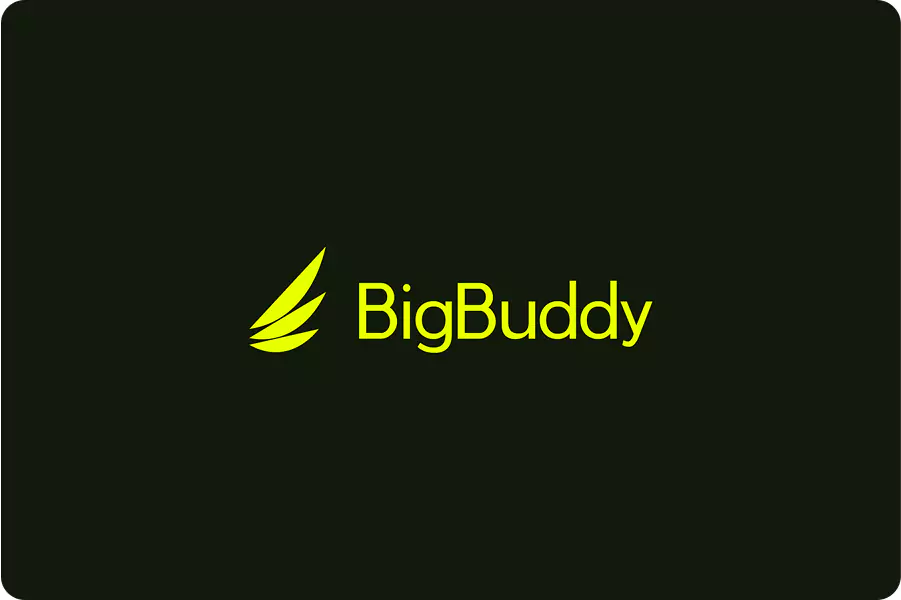
Now that you know everything you need Especially Not To Do, Let's Get to What We Need Definitely keep in mind. We designed a checklist for you to validate that a name checks all the boxes before being adopted. It's not a magic formula, but almost.
Here it is The 6 essential criteria To choose a good brand name:
A good name stays in mind from the first time you read or listen. You don't have to write it down to remember it. If you have to explain it three times or spell it every time you call a customer, it's because he's not ready.
Quick test : Tell someone the name and ask them 10 minutes later to give it back to you.
Your name should stand out in its environment. He doesn't have to be eccentric, but he has to Emerge Visually and Phonetically In its sector. If you can't distinguish yourself from competitors in a pull-down menu, you have to do some more digging.
Bonus : avoid terms seen and reviewed in your industry (“green”, “tech”, “connect”, etc.).
Your name should echo your Mission, Personality and Positioning. It is not an accessory, it is a vector of identity. A reassuring name for a brand committed to health. A sparkling name for a youth-oriented brand. A strong name for a B2B player with a strong ambition.
Useful reminder : if you don't have a brand platform yet, start there. Our Dedicated Article Brings Together Definition, steps and tips for creating your brand platform.
A good name is worthless if it's already taken. Before investing time (or a logo), check:
Consultancy : Do this check as soon as you have a shortlist, not once you are attached.
If your target hesitates between two spellings or has trouble with pronunciation, you will miss out on fame points, SEO visits and word-of-mouth. Simplicity is your ally.
Practical exercise : Dictate the name over the phone to a friend and see what he understands.
A Good Name opens up an imaginary world. It's not limited to one feature, it suggests a Ambition, a vision, a promise. A good name is like a gateway: it invites you to discover a universe.
Inspiring demonstration : BigBuddy, a name designed by Studio Elias. Behind these two simple words related to a whole vision of modern, humane, accessible education. There's no need to describe the platform: the name speaks for itself.
Naming is not just a matter of taste. Some names make a lasting impression because they bring together what we are all looking for: clarity, uniqueness, emotion, coherence. Here's a selection of names that we think are particularly thoughtful — and what they teach us about brand naming.
Initially, the brand offered to rent an inflatable mattress (“airbed”) in a local's home. The name, a contraction of “Airbed and Breakfast”, perfectly summarizes the initial idea while being flexible: it has easily expanded to all forms of homestays.
Why does it work: simple, accessible, hybrid between function and promise, and above all capable of evolving with the model.
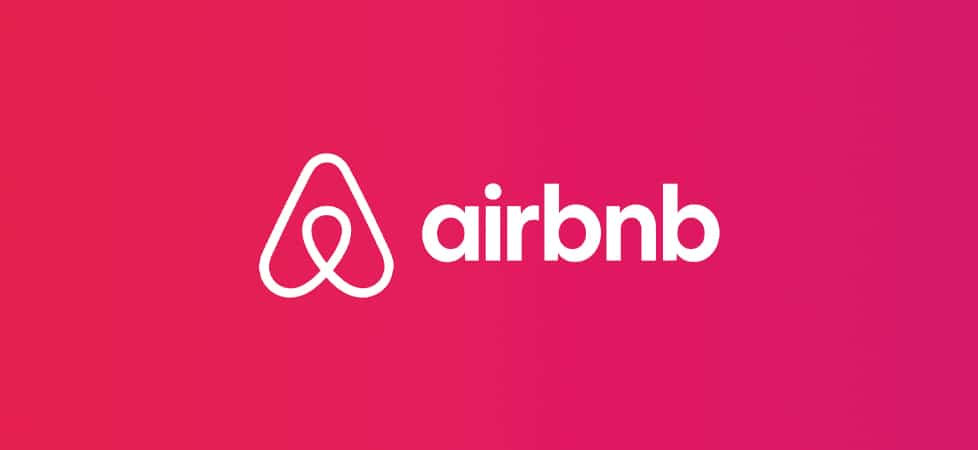
A simple, abstract word, but full of potential. It evokes the idea, the concept, and clarity at the same time. And that is precisely what the product offers: organize your thoughts, your projects, your knowledge.
Why does it work: A word in everyday language, strong semantically, which opens up an intellectual and productive imaginary.

A chimpanzee that sends emails, really? Yes, and it works. The name is quirky, funny, endearing. It breaks the coldness of B2B software by introducing a dose of humor and humanity. Why does it work: A mascot + a singular name = guaranteed memorization. Perfect for a solution that was once technical and has now become accessible to as many people as possible.
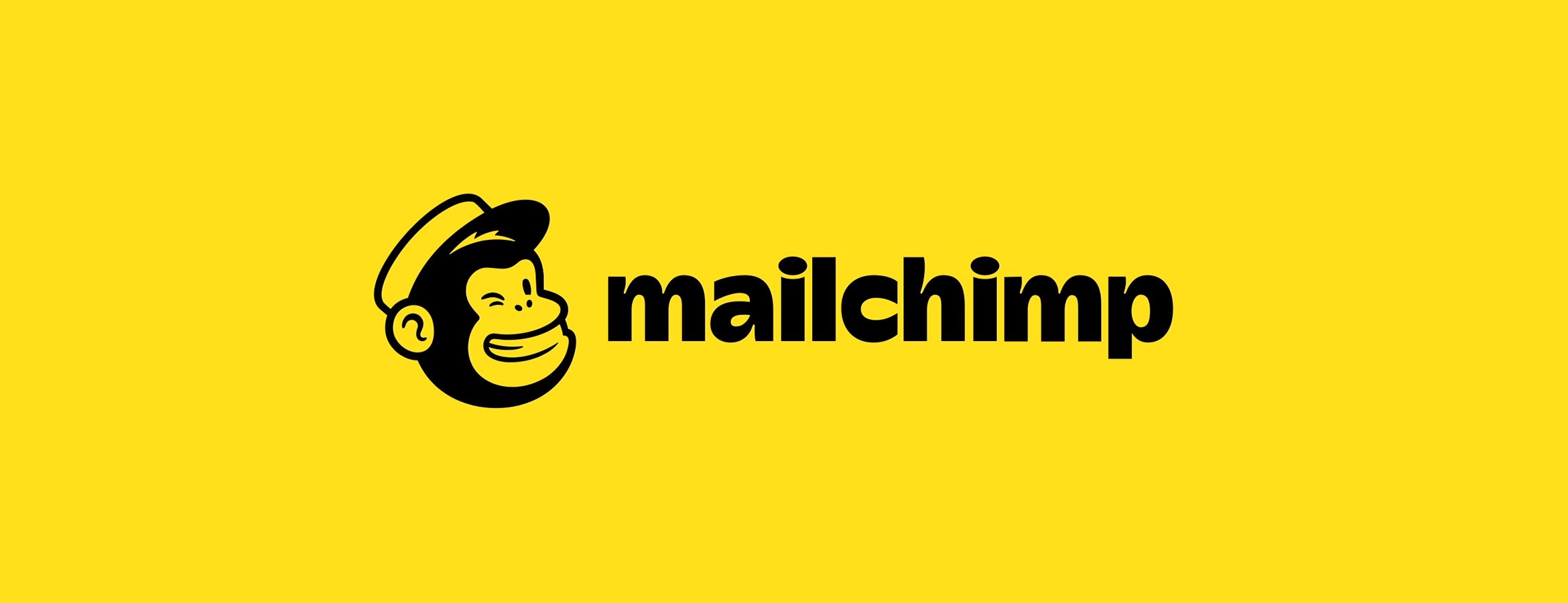
A phonetic, fun and highly descriptive name. It summarizes the essence of the service in one word: sharing a car while chatting on the road. “Blah” for the conversation, “car” for the vehicle. Why does it work: A unique, vocal, simple, evocative name, which allowed the brand to make a place for itself in an entire sector.
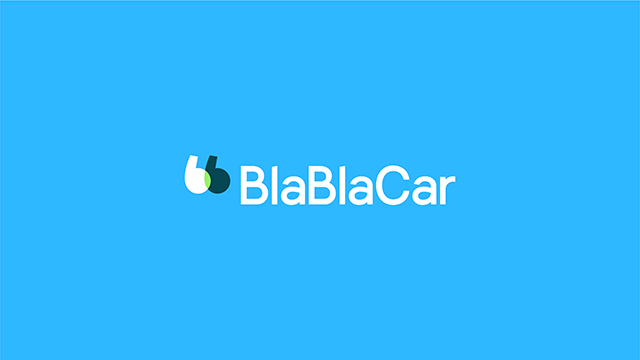
An invented name but ultra fluid. It sounds like an existing word, but it's not. It evokes the structure, the figure, the form. It is short, memorable, and especially suitable for a digital and creative product. Why does it work: A technological name without being cold, rooted in creation but abstract enough to grow.
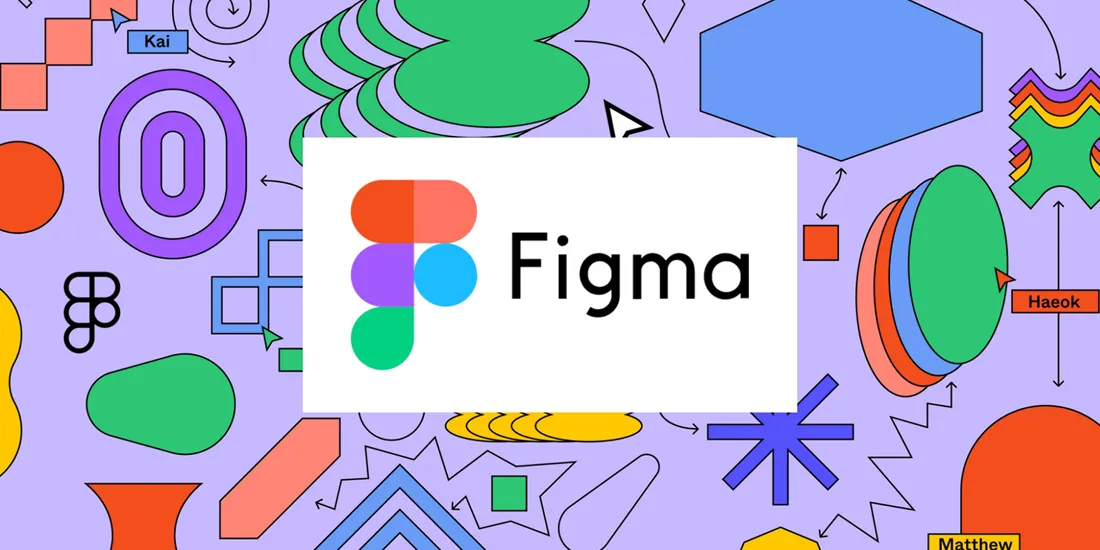
A special mention for a project that we know particularly well. BigBuddy is a name we came up with for a training organization specialized in cryptocurrencies. This name evokes a guide, a companion, a caring and solid figure. Why does it work: human, reassuring, universal. It reflects the entire mission of the brand, while creating an immediate emotional connection with the target.
Discover the project directly on Our page dedicated to the rebranding of BigBuddy 👉

But then, what does a name really change? Is a quality product or service not enough to get a brand off the ground, no matter what it's called?
The reality is that a bad name acts like a Invisible Brake. It slows down notoriety, blurs positioning, complicates communication, and in the most extreme cases, forces you to start all over again.
In concrete terms, here is what a poorly chosen name can cause:
A name that is too complex, too generic or without relief cannot be restrained. It doesn't flow naturally in conversations. The result: you spend more on advertising to make up for missing word-of-mouth.
The name is often The first interface between the brand and its audience. If it sends the wrong signal (too technical, too childish, too vague...), it blurs the perception of what you are doing and who you are talking to.
A name that is too descriptive or too close to generic keywords (like “shop”, “clean”, “green”) is Difficult to reference. It is becoming almost impossible to stand out from the crowd on Google without deploying a very aggressive strategy.
A bad name can send a negative message from the start: lack of professionalism, unclear identity, dated or clumsy image. And even if the product is good, trust will take longer to build.
Sooner or later, a misnamed brand needs to consider rebranding. This involves: changing the logo, URL, media, signage, redoing part of the communication... You might as well anticipate and do things right from the start.
Take the example of a customer. Their initial name, which was very generic and similar to that of a European competitor, prevented them from registering the trademark and confused their commercial discourse. By reworking their identity and naming, we were able to clarify their promise, secure their name and lay solid foundations for their development.
The name of a company is not Not Just an Aesthetic Detail. It is an accelerator (or a brake) of growth. And that's why it deserves real hard work.
Naming is not just a step in the to-do of a launch. It is a strategy in its own right, an identity foundation, a real driver of growth. A good name sets you apart, positions you, makes you memorable. It speaks for you, sometimes even before you have time to explain anything.
Conversely, a bad name slows you down. It blurs the message, weakens the image, and hampers expansion. And above all, it prevents you from creating that small emotional trigger that makes all the difference in the minds of your customers.
At Studio Elias, we consider each name as a starting point towards a coherent, strong brand strategy, in line with its times and ambitions. We don't just brainstorm over coffee: we dig, we challenge, we test, we validate. And you don't stop until the name says “tilt.”
Are you looking for a name that really resonates? Let's talk about it.



